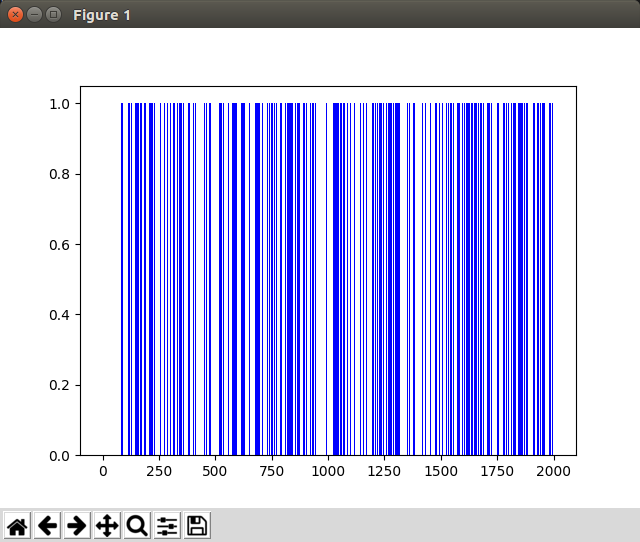Lecture 6-1: Q Network for Frozen Lake
import gym
import numpy as np
import tensorflow as tf
import matplotlib.pyplot as plt
env = gym.make('FrozenLake-v0')
input_size = env.observation_space.n
output_size = env.action_space.n
learning_rate = 0.1
X = tf.placeholder(shape=[1, input_size], dtype=tf.float32)
W = tf.Variable(tf.random_uniform([input_size, output_size],0,0.01))
Qpred = tf.matmul(X, W)
Y = tf.placeholder(shape=[1, output_size], dtype=tf.float32)
loss = tf.reduce_sum(tf.square(Y - Qpred))
train = tf.train.GradientDescentOptimizer(learning_rate=learning_rate).minimize(loss)
dis = .99
num_episodes = 2000
rList = []
init = tf.global_variables_initializer()
def one_hot(x):
return np.identity(16)[x:x +1]
with tf.Session () as sess:
sess.run(init)
for i in range(num_episodes):
s = env.reset()
e = 1. / ((i / 50) + 10)
rAll = 0
done = False
local_loss = []
while not done:
Qs = sess.run(Qpred, feed_dict={X: one_hot(s)})
if np.random.rand(1) < e:
a = env.action_space.sample()
else:
a = np.argmax(Qs)
s1, reward, done, _ = env.step(a)
if done:
Qs[0, a] = reward
else:
Qs1 = sess.run(Qpred, feed_dict={X: one_hot(s1)})
Qs[0, a] = reward + dis * np.max(Qs1)
sess.run(train, feed_dict={X: one_hot(s), Y: Qs})
rAll += reward
s = s1
rList.append(rAll)
print("Percent of successful episodes: " + str(sum(rList)/num_episodes) + "%")
plt.bar(range(len(rList)), rList, color="blue")
plt.show()
Code: Q Network
���� ����
����

